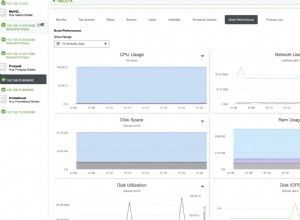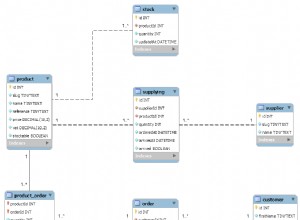Wiem, że jest trochę za późno...
SELECT
(CASE
WHEN mdh.runstatus = '1' THEN 'Start - '+cast(mdh.runstatus as varchar)
WHEN mdh.runstatus = '2' THEN 'Succeed - '+cast(mdh.runstatus as varchar)
WHEN mdh.runstatus = '3' THEN 'InProgress - '+cast(mdh.runstatus as varchar)
WHEN mdh.runstatus = '4' THEN 'Idle - '+cast(mdh.runstatus as varchar)
WHEN mdh.runstatus = '5' THEN 'Retry - '+cast(mdh.runstatus as varchar)
WHEN mdh.runstatus = '6' THEN 'Fail - '+cast(mdh.runstatus as varchar)
ELSE CAST(mdh.runstatus AS VARCHAR)
END) [Run Status],
mda.subscriber_db [Subscriber DB],
mda.publication [PUB Name],
right(left(mda.name,LEN(mda.name)-(len(mda.id)+1)), LEN(left(mda.name,LEN(mda.name)-(len(mda.id)+1)))-(10+len(mda.publisher_db)+(case when mda.publisher_db='ALL' then 1 else LEN(mda.publication)+2 end))) [SUBSCRIBER],
CONVERT(VARCHAR(25),mdh.[time]) [LastSynchronized],
und.UndelivCmdsInDistDB [UndistCom],
mdh.comments [Comments],
'select * from distribution.dbo.msrepl_errors (nolock) where id = ' + CAST(mdh.error_id AS VARCHAR(8)) [Query More Info],
mdh.xact_seqno [SEQ_NO],
(CASE
WHEN mda.subscription_type = '0' THEN 'Push'
WHEN mda.subscription_type = '1' THEN 'Pull'
WHEN mda.subscription_type = '2' THEN 'Anonymous'
ELSE CAST(mda.subscription_type AS VARCHAR)
END) [SUB Type],
mda.publisher_db+' - '+CAST(mda.publisher_database_id as varchar) [Publisher DB],
mda.name [Pub - DB - Publication - SUB - AgentID]
FROM distribution.dbo.MSdistribution_agents mda
LEFT JOIN distribution.dbo.MSdistribution_history mdh ON mdh.agent_id = mda.id
JOIN
(SELECT s.agent_id, MaxAgentValue.[time], SUM(CASE WHEN xact_seqno > MaxAgentValue.maxseq THEN 1 ELSE 0 END) AS UndelivCmdsInDistDB
FROM distribution.dbo.MSrepl_commands t (NOLOCK)
JOIN distribution.dbo.MSsubscriptions AS s (NOLOCK) ON (t.article_id = s.article_id AND t.publisher_database_id=s.publisher_database_id )
JOIN
(SELECT hist.agent_id, MAX(hist.[time]) AS [time], h.maxseq
FROM distribution.dbo.MSdistribution_history hist (NOLOCK)
JOIN (SELECT agent_id,ISNULL(MAX(xact_seqno),0x0) AS maxseq
FROM distribution.dbo.MSdistribution_history (NOLOCK)
GROUP BY agent_id) AS h
ON (hist.agent_id=h.agent_id AND h.maxseq=hist.xact_seqno)
GROUP BY hist.agent_id, h.maxseq
) AS MaxAgentValue
ON MaxAgentValue.agent_id = s.agent_id
GROUP BY s.agent_id, MaxAgentValue.[time]
) und
ON mda.id = und.agent_id AND und.[time] = mdh.[time]
where mda.subscriber_db<>'virtual' -- created when your publication has the immediate_sync property set to true. This property dictates whether snapshot is available all the time for new subscriptions to be initialized. This affects the cleanup behavior of transactional replication. If this property is set to true, the transactions will be retained for max retention period instead of it getting cleaned up as soon as all the subscriptions got the change.
--and mdh.runstatus='6' --Fail
--and mdh.runstatus<>'2' --Succeed
order by mdh.[time]




